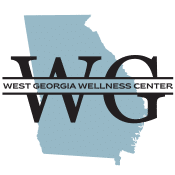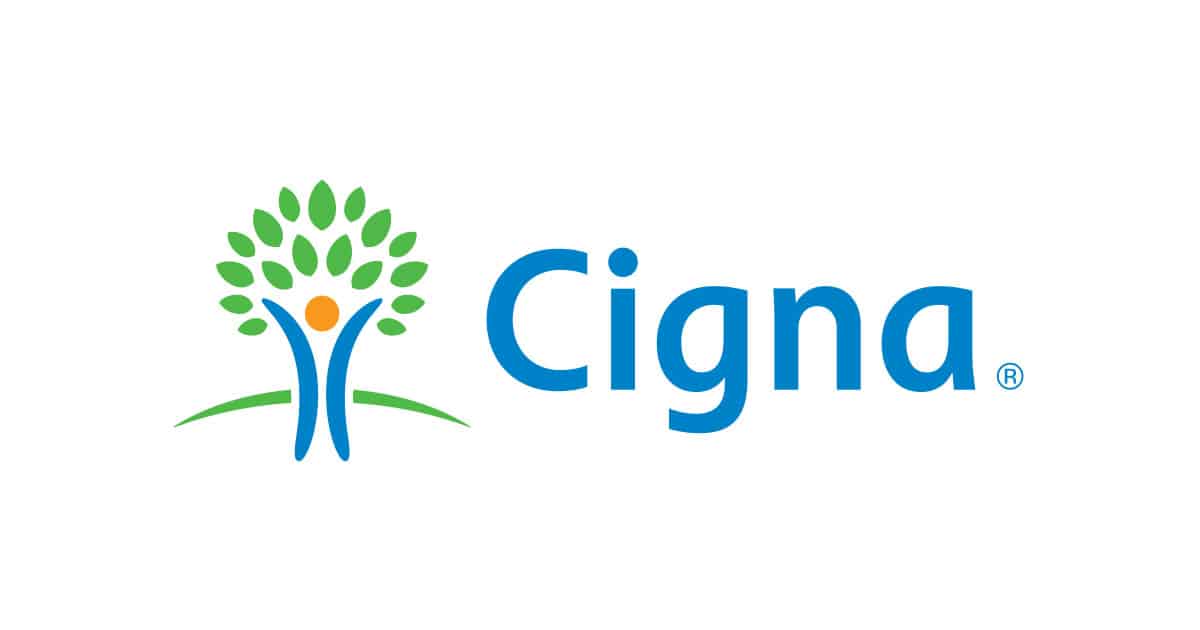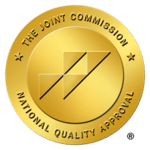Table of Contents
Inhalants encompass a variety of substances inhaled to induce a psychoactive effect, including everyday items like paint, glue, and cleaning agents. Unlike drugs such as cocaine and heroin, which can also be inhaled, the term “inhalants” specifically refers to those products primarily abused through inhalation.
The National Institute on Drug Abuse (NIDA) categorizes inhalants into four main groups:
- Aerosols: These are products like hairspray or spray paint that contain propellants and solvents.
- Gases: This group includes common household or medical items such as propane tanks, butane lighters, chloroform, and nitrous oxide.
- Nitrites: Known as “poppers” or “snappers,” nitrites are used mainly for enhancing sexual experiences by dilating blood vessels and increasing heart rate.
- Volatile Solvents: These are substances that vaporize at room temperature, such as paint thinners, gasoline, correction fluid, and glues.
Abusing these substances, often called huffing, sniffing, or bagging, produces effects similar to alcohol intoxication, such as dizziness, slurred speech, and impaired coordination, due to their depressant effect on the central nervous system.
Despite being commonly available, inhalants pose significant risks, leading to serious health consequences. However, with the right professional treatment, individuals struggling with inhalant abuse can find effective help and recover from their addiction.
Who Abuses Inhalants?
Inhalant abuse primarily occurs in young individuals, with the highest usage among those aged 14 to 15. However, it’s not uncommon to observe this behavior in children as young as 5 to 6, generally declining around the ages of 17 to 19, though it can persist into adulthood. Males are more likely to abuse inhalants than females.
There’s a notable correlation between inhalant abuse and various social and psychological issues. Individuals with histories of physical or sexual abuse, delinquency, criminal activities, depression, suicidal tendencies, antisocial behaviors, family conflicts, violence, or substance abuse are at a higher risk. Additionally, inhalant abuse is more prevalent among people from lower socioeconomic backgrounds, those experiencing mental health issues, residents of rural areas, and communities with elevated unemployment rates.
Types of Inhalants
Inhalants encompass a broad range of household and workplace products, exceeding 1,000 in number, that are misused for their psychoactive effects. These substances are attractive due to their accessibility, affordability, and legality, falling into four primary groups: volatile solvents, aerosols, gases, and nitrites.
Volatile Solvents
These are liquids that turn into vapor at room temperature and are utilized in various domestic and industrial settings. Common volatile solvents include:
- Paint thinners and removers
- Degreasers
- Gasoline
- Rubber cement
- Lighter fluid
- Glues
- Nail polish removers
- Dry cleaning fluids
- Correction fluids
- Felt tip markers
Aerosols
Aerosols are sprays containing propellants and solvents, such as:
- Spray paints
- Deodorant sprays
- Hair sprays
- Vegetable oil sprays
- Fabric protector sprays
Gases
This category includes gases found in medical, household, and commercial products. Medical anesthetics like chloroform, halothane, and nitrous oxide (laughing gas) are examples, with nitrous oxide being notably misused from whipped cream dispensers and racing car octane boosters. Household and commercial gases include butane lighters, propane tanks, and refrigerants.
Nitrites
Nitrites, which act on the central nervous system by dilating blood vessels and relaxing smooth muscles, are often used for sexual enhancement. Found in products like leather cleaner, liquid aroma, and room deodorizers, common nitrites are cyclohexyl nitrite, isoamyl (amyl) nitrite, and isobutyl (butyl) nitrite, colloquially referred to as “poppers” or “snappers.”
Signs and Symptoms of Inhalant Addiction
Inhalant abuse, given the wide array of substances classified under this category, can manifest through a diverse set of signs and symptoms, which might vary in their manifestation, duration, and intensity. Below are common indicators that someone may be battling an addiction to inhalants:
Behavioral Symptoms
- Engaging in hazardous or risky actions.
- Displaying aggressive behavior.
- Exhibiting slurred speech.
- Showing poor motor skills, such as swaying or stumbling.
- Having an unusual stockpile of products like glue, aerosols, or paint.
- Spending excessive time in isolated areas like garages or basements.
- Deceptive about their whereabouts or activities.
- Withdrawing from social interactions with family or friends.
Physical Symptoms
- Experiencing dizziness or sleepiness.
- Having glassy or watery eyes.
- Suffering from a constant runny nose.
- Developing spots or sores around the mouth.
- Experiencing irregular heartbeats.
- Showing abnormal breathing patterns.
- Encountering nausea or vomiting.
- Dealing with persistent headaches.
- Exhibiting delayed reflexes and muscle weakness.
- Neglecting personal hygiene.
Cognitive Symptoms
- Showing signs of confusion and disorientation.
- Struggling with coordination.
- Having difficulties with focus and concentration.
- Demonstrating forgetfulness.
- Making poor judgment calls.
Psychosocial Symptoms
- Undergoing mood fluctuations.
- Experiencing sudden anxiety, agitation, or inexplicable anger.
- Losing interest in previously enjoyable activities (anhedonia).
- Showing signs of apathy or lack of interest.
- Displaying unusual excitability and restlessness.
These symptoms highlight the complexity of inhalant addiction and underscore the necessity for vigilance and support for those affected. If you or a loved one are struggling with inhalant abuse, call West Georgia Wellness Center today to start your inhalant addiction treatment in Atlanta, GA.

Effects of Inhalant Abuse
Inhalant abuse encompasses various methods, with “huffing” being particularly prevalent. This involves soaking a rag with an inhalant, placing it near the mouth or nose, and breathing in the vapors. Direct inhalation from containers, bags, or balloons is also common. To enhance effects, users may heat substances before inhalation.
The experience of inhalant intoxication mirrors that of alcohol, affecting judgment and motor skills but can also induce brief hallucinations. Effects are short-lived, often just minutes, and include:
- Excitability and euphoria
- Hallucinations
- Impaired self-control
- Lightheadedness and dizziness
- Reduced reflexes and coordination
- Blackouts
- Slurred or altered speech
Teenagers represent the largest demographic of inhalant abusers, with the average age of initial use around 17 years old.
Inhalant abuse is dangerous, posing severe risks to health due to its depressive impact on the central nervous system (CNS). Excessive inhalation can lead to fatal overdoses, marked by disorientation, nausea, vomiting, and loss of consciousness, often culminating in heart failure, suffocation, or respiratory arrest.
Long-term effects of chronic inhalant use include damage to the liver and kidneys, hearing loss, bone marrow deterioration, and issues with coordination and muscle control.
How do you Know Someone is Abusing Inhalants?
Recognizing inhalant abuse involves observing several key signs, such as:
- The smell of chemicals on breath or clothing.
- Stains from paint or other substances on the body or clothes.
- Behavioral shifts, notably a loss of interest in previously enjoyed activities.
- Noticeable decrease in appetite leading to weight loss.
- Changes in social circles and interests.
- A marked drop in academic performance.
- Neglect of personal hygiene and appearance.
- Difficulty speaking clearly.
- Frequent runny nose or nosebleeds.
- Persistent fatigue.
- Sores or irritations around the nose and mouth area.
Additional signs may include mental and emotional changes:
- Confusion and difficulty focusing.
- Feelings of sadness or emptiness.
- Unusual irritability or aggressive behavior.
- Feelings of suspicion or distrust without reason.
These symptoms can signal someone is misusing inhalants, highlighting the need for prompt attention and support. If you or a loved one are struggling with inhalant abuse, call West Georgia Wellness Center today to start your inhalant addiction treatment in Atlanta, GA.
Causes and Risk Factors for Inhalant Addiction
The path to inhalant addiction is influenced by both genetics and environment, resulting from a mix of personal, familial, and societal factors. Key contributors include:
Genetic Factors
A family history of substance abuse significantly increases the likelihood of an individual engaging in similar behaviors. Research has shown that genetic predisposition plays a crucial role in the risk of developing substance use disorders, including inhalant abuse. Individuals with close relatives who have struggled with addiction are at a higher risk, supported by advancements in genetic research pinpointing specific genes that may affect susceptibility to addiction.
Environmental Influences
External factors also play a significant role in the onset of substance abuse. Experiences of childhood abuse or neglect, for instance, may lead someone to seek solace in substance abuse, with inhalants often chosen for their accessibility. The environment at home, including parental substance abuse or mental health issues, can create a backdrop that fosters substance use as an escape from familial stress and emotional pain.
Risk Factors
- History of abusing various substances.
- Personal mental health challenges.
- A family background of addiction or mental health disorders.
- Experiencing abuse or neglect during childhood.
- Trauma from assault or victimization at any age.
- Early exposure to drug use.
- Struggles with self-esteem and inadequate coping mechanisms.
- Enduring significant losses, such as the death of a loved one.
- Economic hardship.
- Being in the teenage years, a period associated with higher vulnerability to substance use.
These factors collectively contribute to the complex landscape of inhalant addiction, highlighting the need for a comprehensive approach to prevention and treatment that addresses both genetic predispositions and environmental pressures.
Inhalant Withdrawal
Abruptly stopping or significantly cutting back on inhalant use can trigger a series of uncomfortable withdrawal symptoms for those accustomed to regular, long-term use. These symptoms of inhalant withdrawal might include:
- Excessive sweating
- Nausea
- Body cramps and chills
- Increased irritability and agitation
- Persistent headaches
- Shaking or tremors
- Seizures
- Experiencing hallucinations
- Intense cravings for the substance
Inhalants Overdose
The danger of overdosing on inhalants is a constant threat with every use. Overdosing on inhalants can cause severe, often fatal, consequences. Immediate medical attention should be sought if someone exhibits any of the following symptoms after inhalant use:
- Bleeding from the nose
- Abnormal heart rhythms
- Sudden cardiac arrest
- Difficulty breathing
- Continuous vomiting
- Experiencing hallucinations or delusions
- Unconsciousness
The seriousness of these conditions cannot be overstated, emphasizing the importance of medical intervention in the event of an overdose and the necessity for professional assistance during withdrawal.
Can Someone Overdose on Inhalants?
Yes. Inhalants, particularly solvents and aerosol sprays, contain high levels of toxic substances that can have fatal consequences. Even first-time users are at risk of experiencing life-threatening seizures, falling into a coma, or suffering sudden cardiac death. Moreover, using inhalants with a paper or plastic bag over the head poses a severe risk of suffocation. Inhalants can displace oxygen in the lungs, leading to death by asphyxiation due to the inhalation of poisonous fumes.

Inhalant Abuse and Mental Health Conditions
Individuals across various age groups, including adolescents, teenagers, and adults, who misuse inhalants often face additional mental health challenges. These challenges may manifest as co-occurring disorders, significantly complicating their situation. Common mental health conditions observed alongside inhalant misuse include:
- Antisocial Personality Disorder
- Attention-Deficit/Hyperactivity Disorder (ADHD)
- Oppositional Defiant Disorder (ODD)
- Bipolar Disorder
- Major Depressive Disorder
- Persistent Depressive Disorder (Dysthymia)
- Concurrent Substance Use Disorders
Identifying and addressing these co-occurring conditions is crucial for providing effective treatment and support for those struggling with inhalant abuse, highlighting the need for a comprehensive approach to care.
Inhalant Addiction Treatment
Inhalant addiction represents a critical health issue, with the potential to inflict irreversible damage to the brain swiftly. To effectively combat this addiction, professional intervention is often necessary. Both inpatient and outpatient rehab programs are accessible to assist individuals grappling with inhalant misuse. At West Georgia Wellness Center, we provide comprehensive residential treatment tailored to address the challenges of inhalant addiction. Given the severe impact inhalants can have on an individual’s well-being, it’s imperative to seek help promptly. If you or someone close to you is battling an addiction to inhalants, reaching out to us at 470-347-1705 can mark the beginning of a recovery journey towards a healthier, substance-free life.














